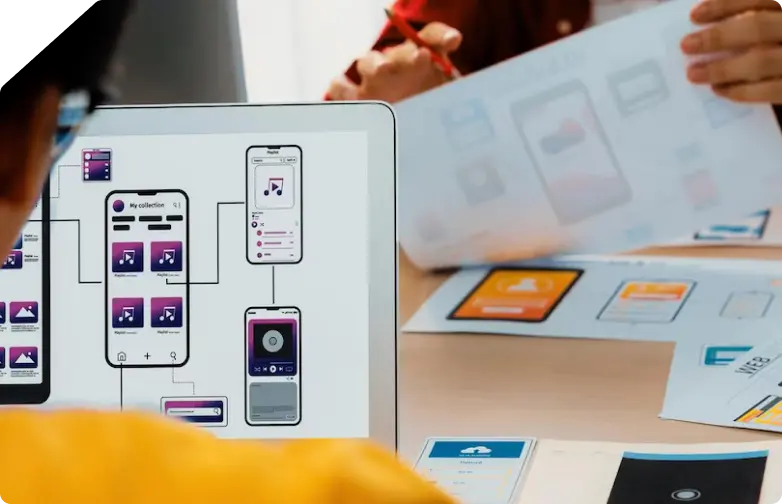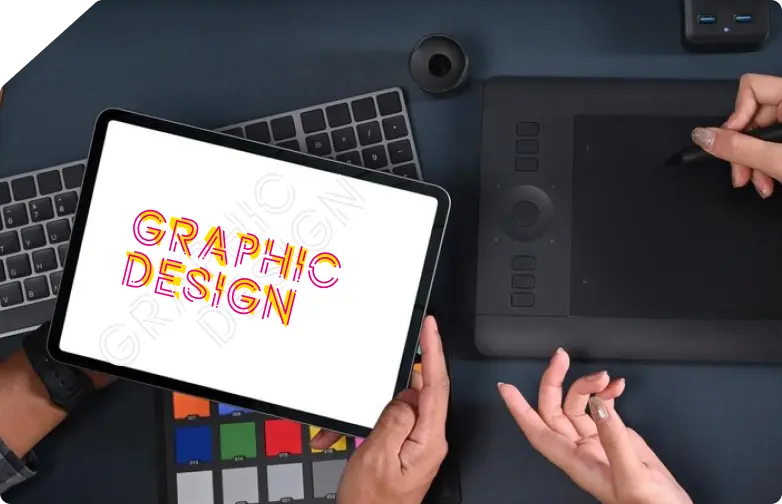Animation is one of the most exciting and creative fields in today’s world. From blockbuster movies and TV shows to video games and advertising, animation is everywhere. But for beginners, entering this dynamic industry can feel daunting. This guide will walk you through everything you need to know to start and build a rewarding career in animation, including the skills, tools, and opportunities that await.
1. Introduction to Animation as a Career
Animation is the process of creating the illusion of movement through a sequence of images or drawings. It blends art, technology, and storytelling, making it a highly creative and technical field. Whether you dream of working on animated movies, designing characters for video games, or crafting visual effects (VFX), animation offers endless opportunities for creative minds.
2. Why Choose Animation as a Career?
Growing Industry Demand
The animation industry is growing rapidly, with demand for skilled animators in film, gaming, advertising, and more. With the rise of streaming platforms, animated content is more popular than ever.
Creative Freedom
Animation allows you to bring your imagination to life. It’s a field where your creativity knows no bounds.
Diverse Career Opportunities
From 2D and 3D animation to VFX and motion graphics, animation offers a variety of career paths to explore.
Global Reach
The skills you acquire in animation are universally recognized, giving you the opportunity to work with companies and clients worldwide.
3. Key Skills Required for Aspiring Animators
Creative and Artistic Skills
A strong foundation in drawing, sketching, and design is essential for animators. Understanding color theory, composition, and character design will help you create visually appealing animations.
Technical Proficiency
Animators must be proficient in using software like Adobe Animate, Autodesk Maya, and Blender. Familiarity with rendering techniques and rigging is also crucial.
Storytelling and Communication Skills
Animation is about telling stories through visuals. Understanding narrative structure and effectively communicating ideas are key to creating compelling animations.
Problem-Solving and Collaboration
Animation projects often involve teamwork. Being able to solve creative and technical challenges collaboratively is essential for success.
4. Tools and Software Every Beginner Should Learn
Adobe Animate
Adobe Animate is a versatile tool for creating 2D animations. It’s widely used for web animations, advertisements, and educational content.
Autodesk Maya
Autodesk Maya is an industry-standard software for 3D animation, modeling, and rendering. It’s used extensively in film, gaming, and VFX.
Toon Boom Harmony
Toon Boom Harmony is a popular choice for traditional 2D animation. It’s used by studios like Disney and Nickelodeon for TV shows and movies.
Blender
Blender is a free, open-source software for 3D modeling and animation. It’s an excellent tool for beginners looking to explore 3D animation without investing in expensive software.
5. Educational Paths and Training Options
Animation Degrees and Diplomas
Many universities and institutes offer degrees and diplomas in animation. These programs cover essential skills, from drawing and design to advanced software training.
Online Courses and Bootcamps
Platforms like Coursera, Udemy, and Skillshare offer online animation courses for beginners. Bootcamps provide intensive training and are ideal for those looking to fast-track their learning.
Self-Learning Resources
For self-motivated learners, YouTube tutorials, blogs, and free resources like Blender’s online documentation can be invaluable.
6. Building a Portfolio That Stands Out
A strong portfolio is your ticket to landing animation jobs. Include a variety of work, such as character designs, short animations, and storyboards. Ensure your portfolio showcases your technical skills, creativity, and versatility. Platforms like Behance and ArtStation are great for displaying your work.
7. Career Opportunities in Animation
Film and Television
Animators play a crucial role in creating animated movies, TV shows, and visual effects for live-action films.
Gaming Industry
The gaming industry relies heavily on animators for character design, environment creation, and motion graphics.
Advertising and Marketing
Animation is widely used in advertisements, explainer videos, and social media campaigns to engage audiences.
Education and E-Learning
Educational platforms use animation to create interactive learning materials and tutorials.
8. Networking and Gaining Industry Exposure
Attend Events and Conferences
Industry events like SIGGRAPH and Annecy International Animation Festival are great for networking and learning about the latest trends.
Join Online Communities
Platforms like LinkedIn, Reddit, and animation forums are ideal for connecting with professionals and finding opportunities.
Internships and Freelancing
Internships and freelance projects provide real-world experience and help you build industry connections.
9. Challenges and Tips for Success in Animation
Challenges:
- Staying Updated: Animation technology evolves rapidly, requiring continuous learning.
- Meeting Deadlines: Animation projects can be time-consuming and deadline-driven.
Tips for Success:
- Keep Practicing: Regular practice improves your skills and creativity.
- Stay Curious: Explore different animation styles and techniques to broaden your expertise.
- Seek Feedback: Constructive criticism helps refine your work.
10. Conclusion
Building a career in animation is an exciting journey filled with creativity and innovation. By mastering essential skills, learning industry-standard tools, and building a strong portfolio, you can position yourself for success in this dynamic field.
Whether you aspire to work in film, gaming, or advertising, the animation industry offers endless opportunities for passionate individuals. Start your journey today and bring your creative visions to life!






